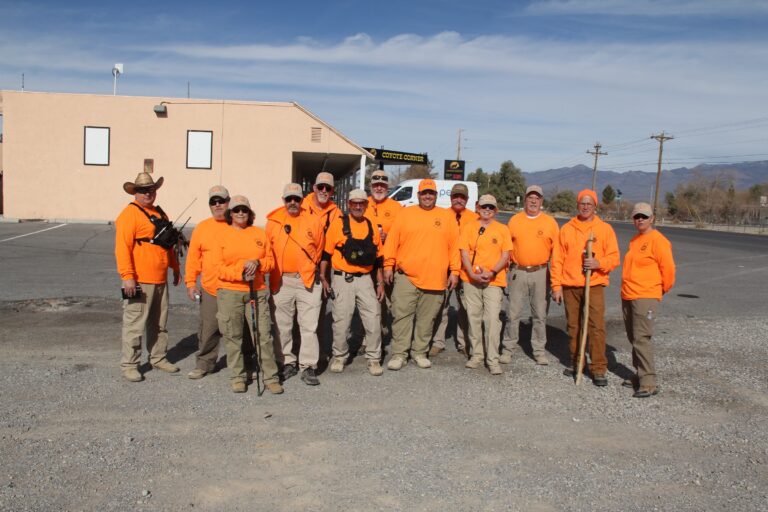For more than four decades, Southern Nye County Search and Rescue (SAR) has been the silent guardian of the local community, ensuring the safety of residents and visitors alike. Established in the 1970s, this volunteer-based organization was founded by individuals committed to protecting others, and while the original members have since moved on, their impact remains. One of the founding families, the Floyd family, even donated the building that still serves as SAR’s headquarters today. Unit Commander Ron Taylor, who has been with the organization for four and a half years, is proud to continue this tradition of service.
“We’re a close-knit group, and everyone plays a role in making sure we’re ready to respond when the call comes,” Taylor explains. He oversees daily operations, organizing the team, dividing out responsibilities, and maintaining strong communication with other emergency response agencies.
Southern Nye County SAR exists to assist the Sheriff’s Department with finding lost or missing persons and providing rescue services in emergency situations. “Our primary mission is to help the Sheriff’s Department keep the community safe. We go out and find those who are lost or in danger,” says Taylor. This mission is vital in a county as large and remote as Nye, where extreme temperatures and difficult terrain can quickly turn an outdoor adventure into a life-threatening situation.
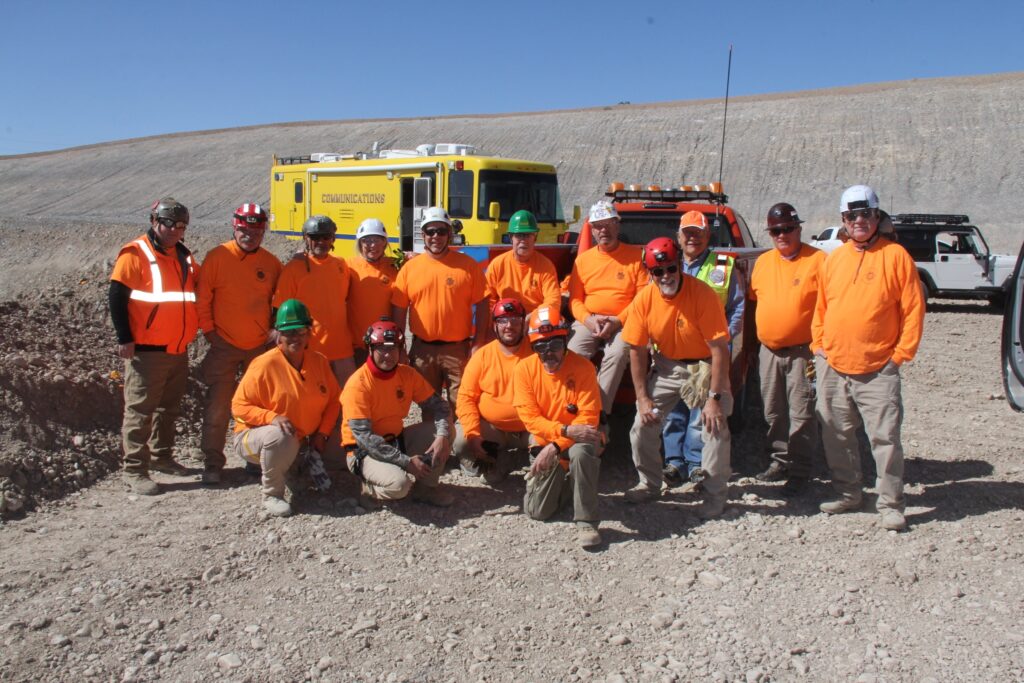
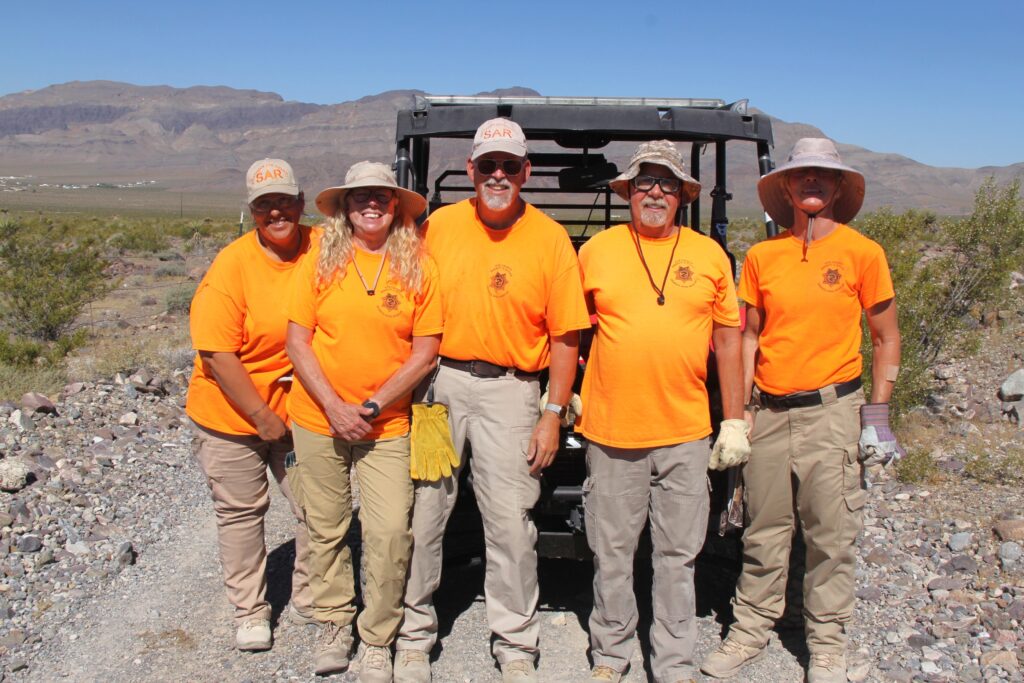

With a team of 30 to 35 volunteers, SAR members come from all walks of life. Their passion for service is underscored by their rigorous training, which includes certifications in First Aid, AED (automated external defibrillator) use, CPR, FEMA emergency preparedness and more. Some also elect to receive advanced training, such as high-angle rescue techniques in Las Vegas. “We don’t typically have rescues like that,” Taylor said. “But I would never tell someone not to go get that training if they want it, because…you never know.”

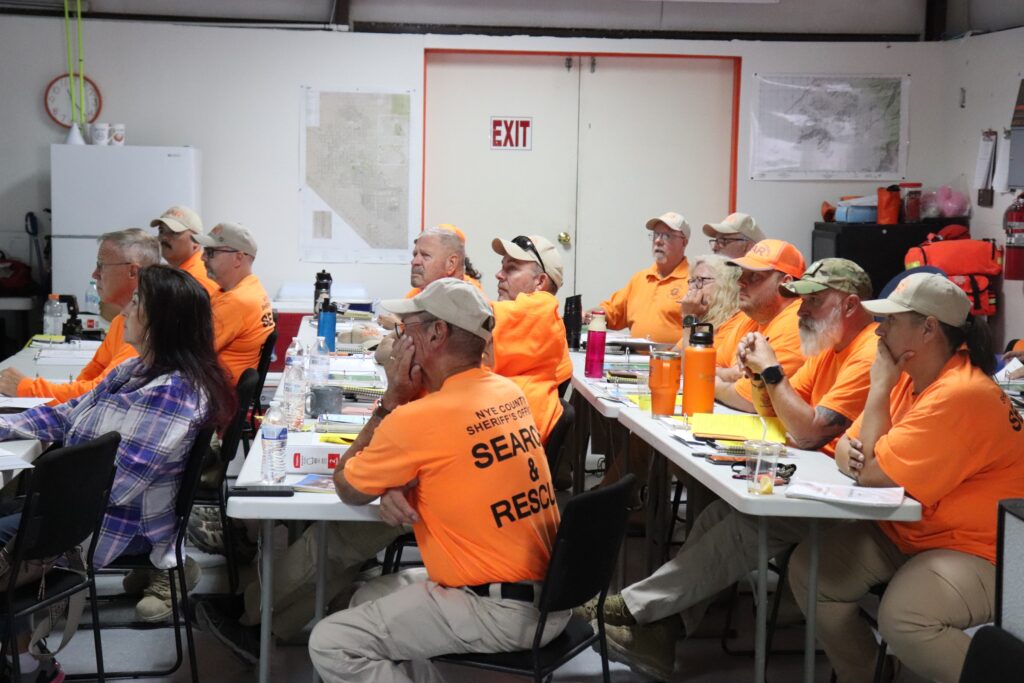
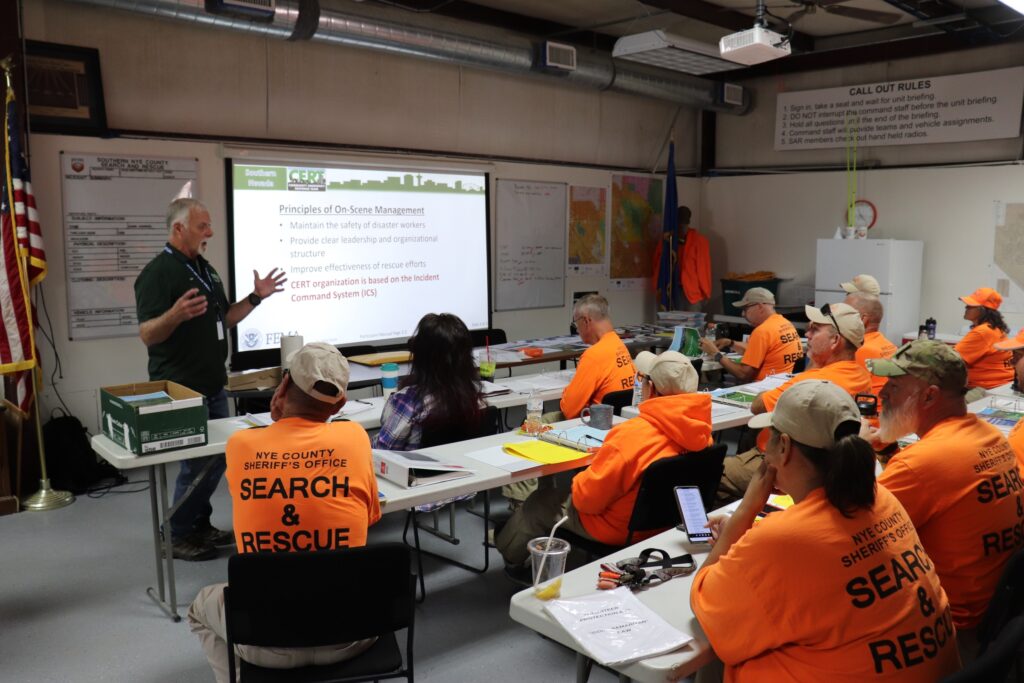
SAR’s operations span a wide range of rescues, from stranded hikers to lost children or those with cognitive issues. “No two rescues are alike,” Taylor emphasizes. “Each event presents its own unique set of challenges, which is why we have to stay prepared for anything.” To help focus their search strategies, the team uses the book Lost Person Behavior as a guide, helping them understand the tendencies of missing persons based on factors such as age, mental state, and environment.
In addition to their own knowledge and training, the SAR team utilizes advanced technology to assist in searches. A mobile app allows them to see where every team member is located during a search and track which areas have already been covered. The team also uses ATVs and a Kawasaki Mule side-by-side vehicle for navigating difficult terrain. “We used to have an equestrian team, but either the horses or their riders have retired,” Taylor explains. “We’re working on getting that team back up and running, as horses can be invaluable in areas where vehicles can’t go.”

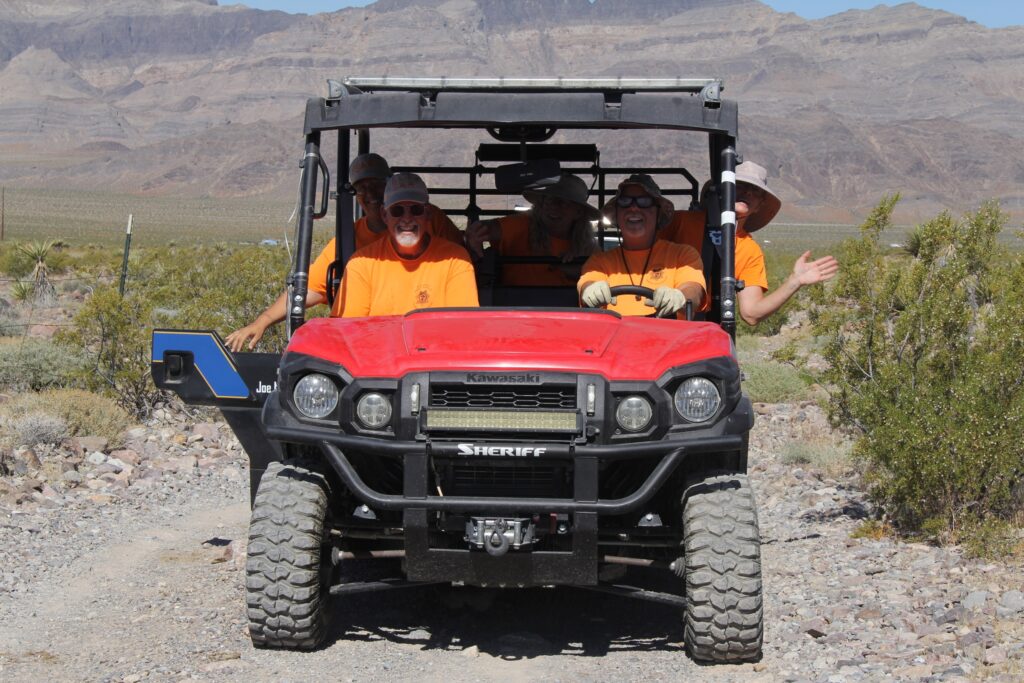
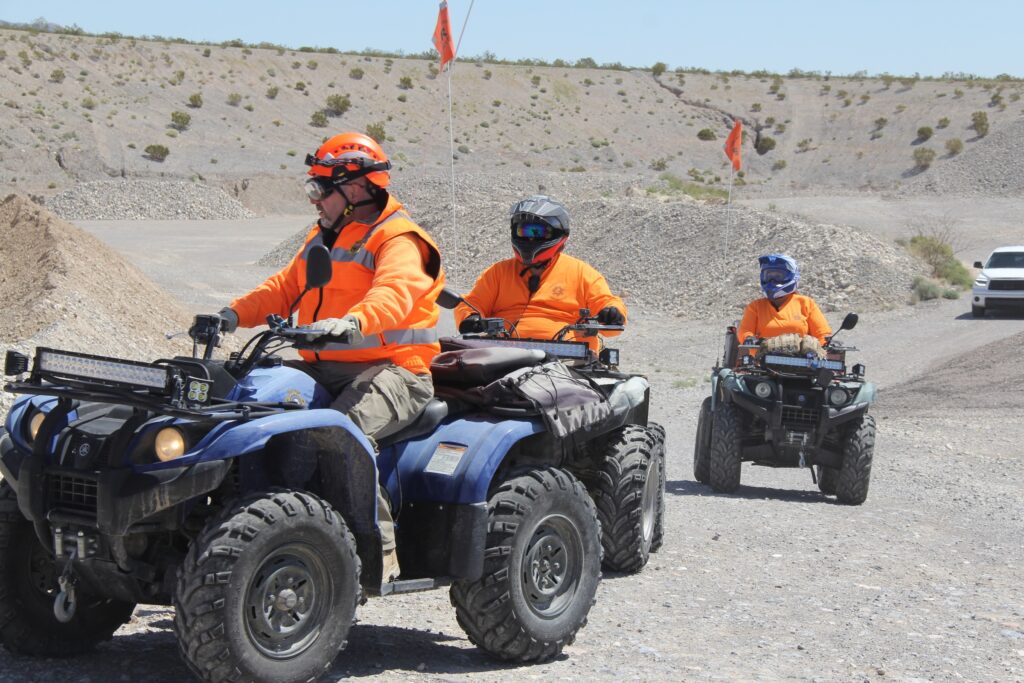
The team also includes a K9 unit with four dogs: two trained in live human detection and two trained in human remains detection (HRD). “While we always hope for a positive outcome, not every search ends the way we want, and our K9 team is prepared for those situations,” Taylor says.
When it comes to coordinating rescue efforts, SAR works hand-in-hand with local law enforcement and fire departments. “We have a strong relationship with the Sheriff’s Department and a liaison who helps gather information at the start of each search,” Taylor says. Throughout a search operation, SAR stays in constant communication with other departments, sharing observations and updates in real-time. In certain situations, the SAR team will communicate with the families of the lost, when they are available, as they typically need information that might not have been originally gathered. “The police are trained to look for criminals, we are trained to look for the lost. And sometimes the questions we need answers to are different,” Taylor notes.
The unforgiving desert terrain of Southern Nevada adds another layer of complexity to rescue efforts. “The heat here is brutal, and it makes the window for successful rescues very narrow,” Taylor explains. If someone goes missing for just a few hours, they could be miles away, and the longer it takes to report them missing, the larger the search area becomes. “The desert slows people down to maybe 1-1.5 miles per hour, but every hour that passes means more ground to cover. If we don’t have clear information on where the person was last seen or what their mindset is, it can make the search even more challenging,” he adds.
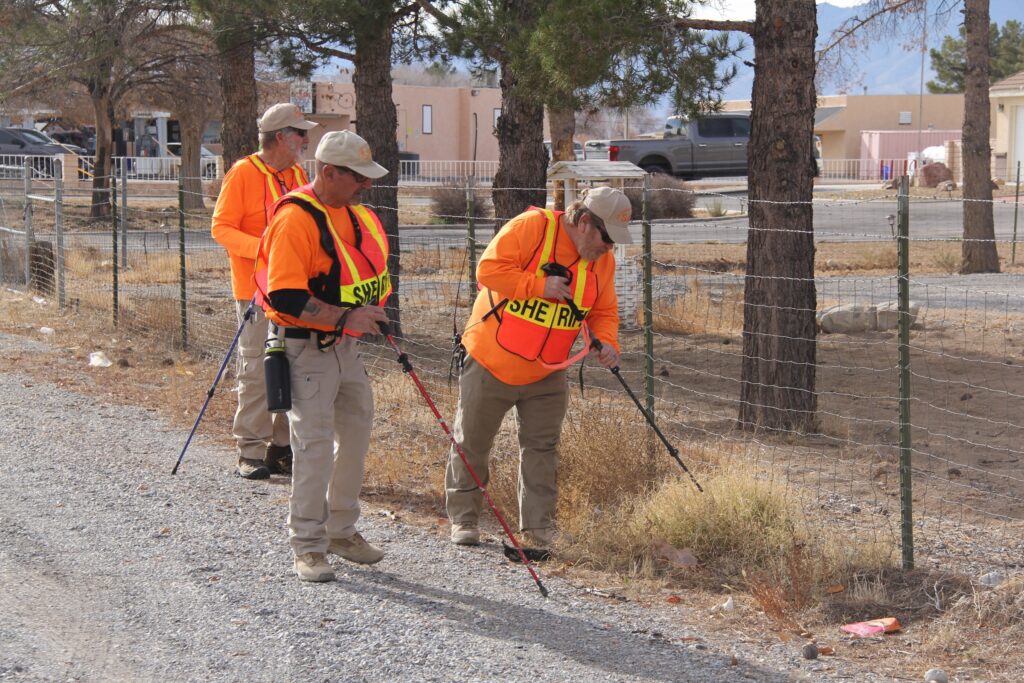
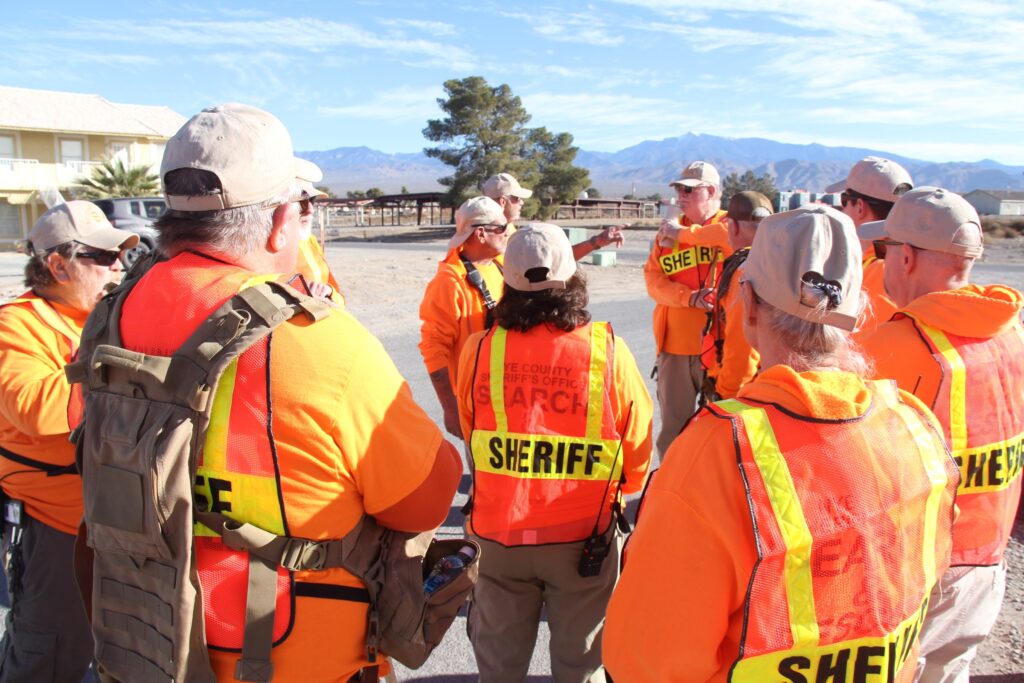
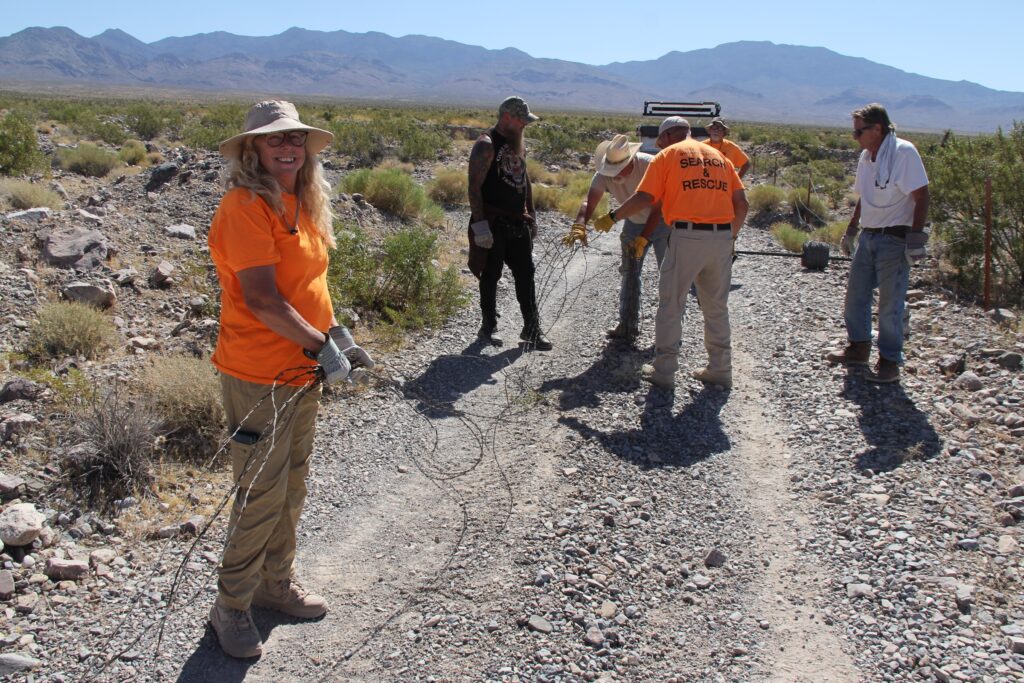
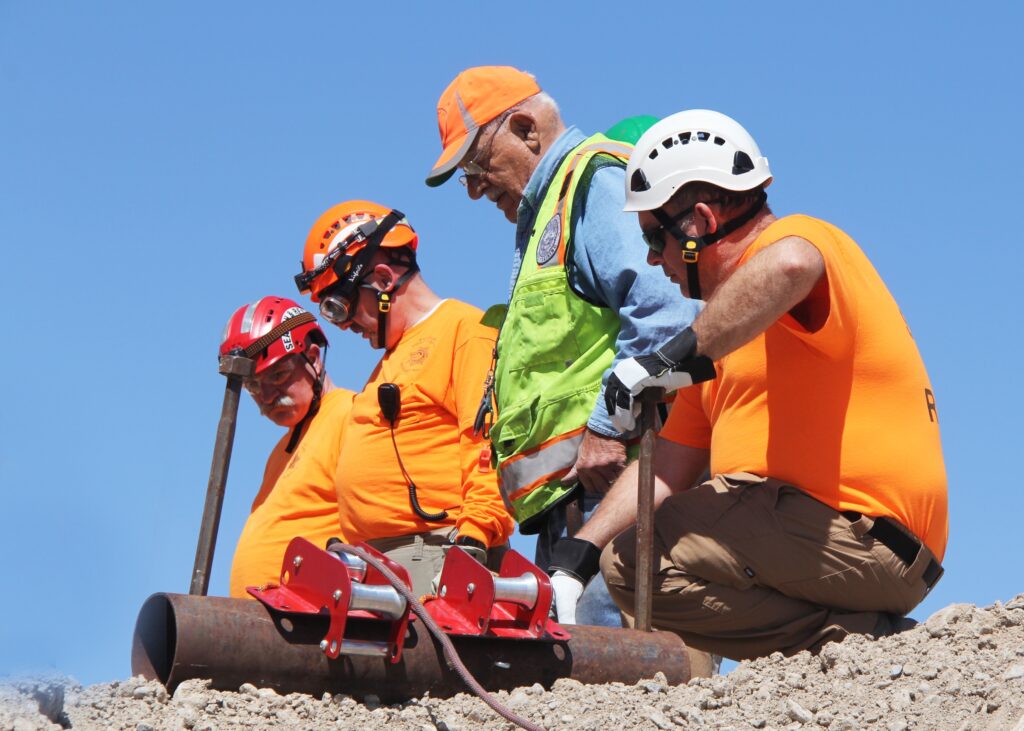
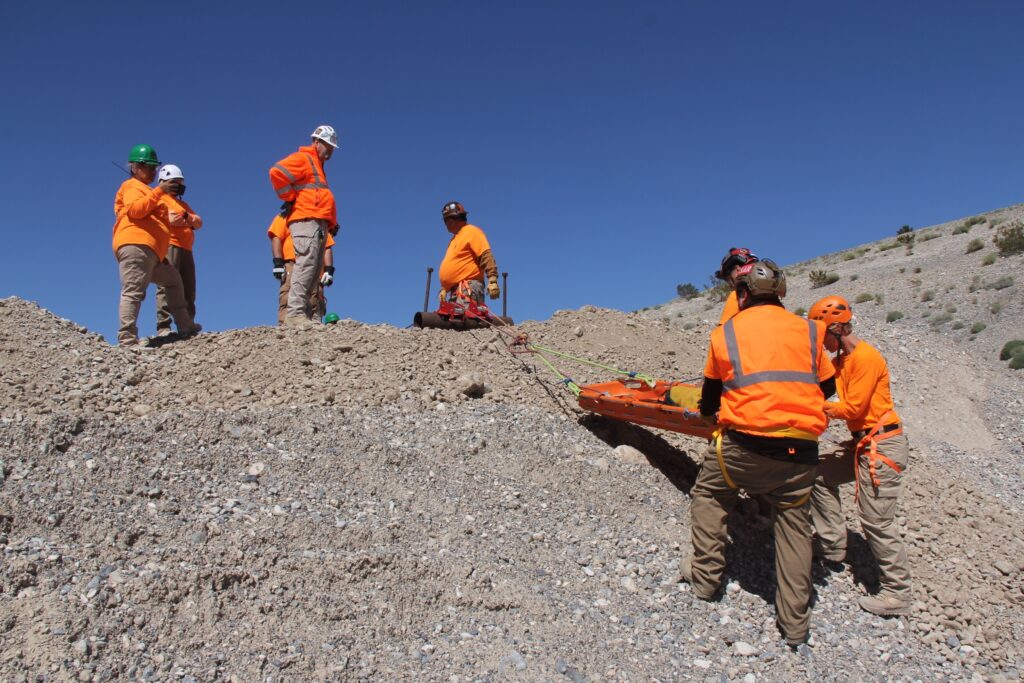

SAR often faces difficult cases involving individuals with cognitive impairments, such as Alzheimer’s or autism. “People with dementia or children with autism often don’t respond to searchers calling their names. They might hide from people because they’re afraid,” Taylor explains. “That’s where our K9 team comes in—it’s just one more way we try to increase our chances of finding someone.”
As a 501(c)(3) nonprofit, Southern Nye County SAR relies heavily on donations and community support. “We’re always accepting donations,” Taylor shares. “People can visit our Facebook page to find a QR code that takes them to a donation page.” This community support is crucial in helping the team maintain their equipment and fund new technology.
In addition to their search and rescue efforts, SAR is committed to educating the public on safety. “We’re always happy to provide tips and give presentations to groups on how to stay safe when hiking, camping, or off-roading,” Taylor says. One of their most popular resources is the “10 Essentials Guide,” which includes critical advice like wearing bright-colored clothing, bringing plenty of water, and telling someone where you’re going before heading out into the desert. “If you get lost, the most important thing is to stay where you are, especially if you have a vehicle. Vehicles are easier to spot from the air than people,” Taylor advises.
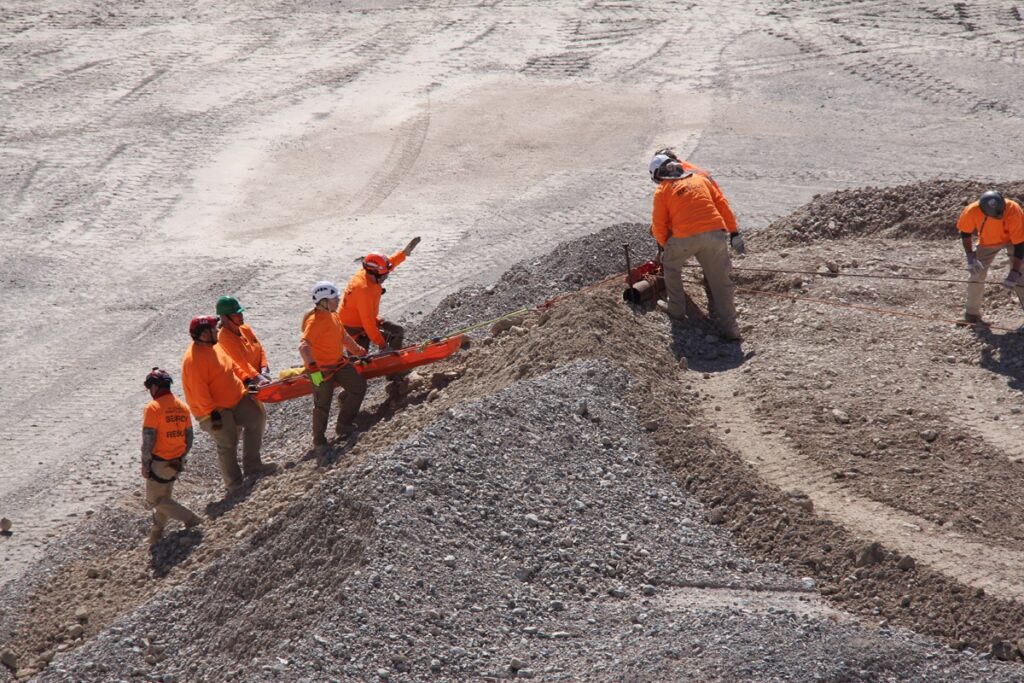
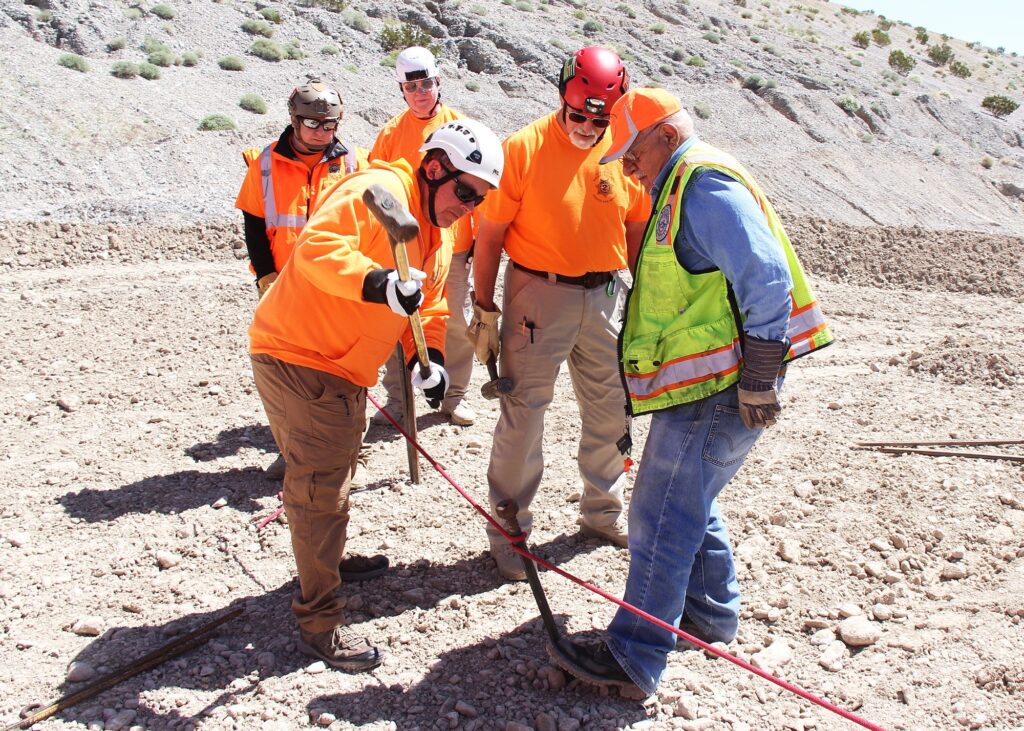
Looking ahead, Southern Nye County SAR has ambitious plans for growth and improvement. The team is actively seeking upgrades to their radio equipment, as their current analog radios are outdated and lack the range and encryption needed for modern rescue operations. “We need digital radios that give us better range and more secure communication,” Taylor says.
The team also needs more vehicles, as they currently have more volunteers than operational vehicles. Drones are another area where Taylor sees potential for growth. “We’re exploring a program called Eagle Eye that can detect unusual colors in the landscape, which could help us find people more quickly,” he shares. However, new technology comes at a high cost. “We receive limited funding from the county, and while we work closely with the Sheriff’s Department, there isn’t room in their budget for SAR. We rely on grants and donations to make it all work.”
For those interested in joining the ranks of Southern Nye County SAR, Taylor encourages attending one of their orientation meetings, held on the second Thursday of each month at 7 p.m. “Our building is located behind the fire station on Highway 160,” Taylor says. “It’s a great opportunity to learn about the organization, ask questions, and see if volunteering is right for you.”
SAR is always looking for dedicated volunteers who are willing to put in the time and effort to make a difference in their community. “It’s not easy work, but it’s incredibly rewarding,” Taylor concludes.


